July 2024
Last Sunday, Tracy and I enjoyed one of our favourite rambles just a few miles from our home in Newcastle.
This short walk has it all: native woodland, rough pasture, wetland, and a short stretch of coast. It’s hard to imagine a six-mile route with greater variety, a short drive from a major city. Over the years, we’ve encountered an array of wildlife — dolphins, foxes, flocks of geese filling the sky and kamikaze caterpillars jumping from trees — experienced all four seasons, and sought solace in the landscape during lockdowns and loss. It’s become an intimate place where we feel we belong.
On Sunday, we parked the car in Holywell village, taking care not to block anyone’s drive, pulled on our boots and set off. For what seemed like the first time this year, we didn’t need our coats: the sun was shining. We ambled past the houses, admiring the planting on street corners, quaint wheelbarrows stuffed with flowers and a sign announcing the ‘Britain in Bloom’ competition for which Holywell is a contender.
The path out of the village narrows to a ginnel, twitchel or snicket (as you prefer), where a lady offered us a cheery 'hello’ from her front garden. We then emerged into open country: a field of wheat, a distant horizon, a lush hedgerow. The hedgerow was buzzing with insects and I stopped to try and photograph a pair of butterflies that were spinning as if joined by an invisible string, but they wouldn’t settle, probably restless after months of rain. The blowsy summer vibe was very different to when we came this way one bright, cold February morning, and a ruddy-faced man swooshed towards us on cross-country skis.
At the corner of the field, we entered a nature reserve overlooking a lake. Although we are not members, a local birdwatcher kindly let us into the hide where dragonflies hawked the reeds, picking off midges, and we were serenaded by a family of swans: two pristine parents and four plump cygnets. Then, to my surprise — and delight of our fellow birder — two raggedy Marsh Harriers swirled overhead. They were joined by a flock of lapwing that were started skywards by the sound of guns firing in a nearby field.
From the ponds, the path heads seawards over a loose network of fields, some of which retain the ghost of a ‘ridge and furrow’ pattern. My favourite place is where, in the spring, a thicket of gorse grows all yellow and buttery, and I listen for Stonechats or Yellowhammers calling from the topmost sprigs.
Gorse (or furze, as it used to be known) reminds me of the fenceless landscape of the New Forest, where my grandparents lived, a place of wanderings and imagination, free of ‘KEEP OUT’ signs, where even the tortured rural poet John Clare might have lain his head and been happy amongst the scrub. In this song, he recalls the vanished landscape of his youth...1
Swamps of wild rush beds and sloughs squashed traces Grounds of rough follows wi thistle and weed Flats and low vallies of king cups and daiseys Sweetest of subjects are ye for my reed Ye commons left free in the rude rags of nature Ye brown heaths be cloathed in furze as ye be My wild eye in rapture adores e’ery feature Yere as dear as this heart in my bosom to me
In all my stravaiging around Britain, I feel like I’ve been searching for the unobtainable: the rude, unenclosed landscape of Clare’s youth. Around Holywell, you can almost sense it, like reading the faded words of a palimpsest; hence, I’m magnetically drawn here. But I felt the same disappointment as Clare last weekend because a large pond in a field just beyond the nature reserve, which is even marked on the OS map, once a habitat for geese, ducks and swans, had been drained and surrounded with barbed wire.
Perhaps by way of compensation, a nearby field was a delight of daisies that stretched to the horizon.
All this land was probably once owned and managed by the Delaval family, who were gifted it by William the Conqueror in the 1080s. That is until the hall was purchased by the National Trust in 2009. I don’t know if the National Trust also owns the surrounding fields, but I would be interested to find out.
As you continue across the fields, you glimpse the baroque pile of Seaton Delevil Hall between the hedgerows, along with its stone obelisk rising incongruously from a cornfield.
The same day we passed the cross-country skier, we trudged through deep snow on this path that had drifted against the hedge, forming white undulating waves. A wicked wind worried snow across the field: shifting, spinning, misting. The sky was milky grey, the low sun translucent white.
Whatever the time of year, just ahead, you catch your first alluring peek of the sea, hiding shyly behind a hedge, but given away by the lantern of St Mary’s lighthouse, which beckons you ever forward. Last Sunday, the lighthouse wrapped up like a parcel (probably for a long overdue painting, we thought), so here’s a picture of the same view from another walk.
Next, you pass through a gate, which in the summer leads to a bonny path strewn with pink rosebay willow herb, white cow parsley and yellow ragwort, but in winter, it can be a muddy quagmire, as my parents discovered when we led them this way once.
It’s here, just through the gate, that we once startled a fox and watched it scamper away across the fields. “Fox Gate”. We always look, expecting to see it again.
At the end of a track, the path descends down a steep flight of steps that Tracy says were built for giants: stomp, stomp, stomp.
From here, you join the lower reaches of Holywell Dene and meander along the edge of a salt marsh, normally home to a few gulls and peeping Redshank. Halfway along this path, the upturned hull of a wooden boat lies rotting in the water, providing a roost for gulls.
This is the place where, one August, we were wowed by an army of yellow and black fury caterpillars dropping from a tree onto the path before undulating into the undergrowth. They attached to our clothes and swarmed a nearby bench. It was a joyful spectacle of abundance, and now we always look for the ‘caterpillar tree’.
As you approach the end of the salt marsh, you sense that you are nearing the sea as you pass a huddle of boats hauled up onto the bank, often being tended by their owners. One was ‘for sale’. I asked Tracy if she fancied a boat for weekend lobster trips. The river then flows under a road bridge before entering a deep cut where yet more boats are moored at Seaton Sluice.
Before Tracy was diagnosed as ceoliac, we would grab a bag of fish and chips and eat them whilst fending off the ever-hungry starlings queueing up on the fence, but these days, we tend to eat our packed lunch perched high in the sand dunes or on a favourite bench looking out to sea.
It’s an excellent viewpoint, and last Sunday, we sat on the bench for nearly an hour, revelling in the fair weather while listening to the folky sound of an accomplished recorder player wafting over the marram grass. We never saw the musician, but perhaps, like us, they were wallowing in the fair weather—decompressing.
Our view north, along an expanse of beach to Blyth, took in children swimming and parents snoozing, dog walkers trotting and canoeists paddling. The beach stretches around to Blyth Harbour, where I started my first long-distance walk in 2019 up the Northumberland coastal path.
On the horizon, you can see some of the landmarks I passed, including Lynemouth Power Station, St Barholomew’s Church at Newbiggin, and, on a clear day, Coquet Island. Behind the beach, the profile of the Cheviots Hills are clearly visible, like a sleeping giant.
After a lazy lunch, we followed the path south along the cliff for about a mile to the car park at Hartley. It is here that we’ve occasionally spied a pod of dolphins that graces the Northumberland coast, which inevitably leads to much whooping and pointing. If we don’t see the dolphins, we enjoy watching the stiff-winged funnel-nosed Fulmars that drift along the cliff top like gliders.
Just before the car park, you get an excellent view of St Mary’s lighthouse, which always looks different depending on the tide and season. A low tide, it sits on a reef of exposed rock with the causeway peopled by visitors crossing to sea the seals; at high tide, it is a lofty white beacon set in a sea of blue. But on Sunday, as I’ve mentioned, it was wrapped up as if ready for a game of pass-the-parcel.
At the car park, we dragged ourselves away from the coast's magnetic pull and headed back inland towards Holywell Dene.
If you are inclined to mix your country walks with a pint, then you can stop at the excellent Delval Arms by the roundabout. We didn’t stop on Sunday, but I paused to admire one of the best fingerposts in the area in its original black-and-white finery: “Tynemouth 3 1/2, Blyth 4, Newcastle 10.5”. I have dozens of photographs of this sign ready for #FingerPostFriday.
We followed the road for Earsdon and Newcastle for a few hundred yards before veering down into the Dene. Near an old bridge, there is an information board that describes the area. Originally, the dene was named Merkel Dene and first recorded circa 800AD. Although it is known for its beauty and was designated a nature reserve in 2003, the village of Holywell had a less salubrious write-up in the Newcastle Chronicle in 1873: ‘Holywell Village is not by any means a clean place; there seems a want of drainage, and a deficiency of sanitary arrangement.’ A far cry from the blooming Holywell of today.
Holywell Dene is one of those few precious places in the North East of England where there are old, if not ancient, broad-leaved trees—remnant forests that have survived farming and mining, burning and building. And in this tiny micro-climate, a few broad boughs are host to epiphytic life in the form of moss and ferns. We are a long way from the moist climatic conditions that Guy Shubsole describes in his book The Lost Rainforests of Britain, but if you want to experience a wet wood in the North East of England, come to Holywell Dene.
The walk up the Dene is always refreshing despite being uphill. It’s as if the venerable trees pump out pheromones that revive the soul. When hot, they give shade; when wet, they give shelter.
Halfway along, there is a spot where the water has smoothed the bedrock into a flume that might make an excellent water slide if you are so inclined. I often consider swimming here, but it’s too cold in winter and too dry in summer, so that experience is still ahead of me. On Sunday, two people were taking photographs of the small waterfall, so I didn’t disturb them.
Now, we are nearly done. From here, it’s a steep climb out of the Dene and then about a mile along a green lane back to the village.
Almost every step of this walk holds memories for us, whether it’s the ‘muddy steps’, ‘caterpillar tree’, or post-lockdown ‘picnic dunes’. The top of the Dene is known as ‘the robin path’ because a few years ago, a friendly red breast chirped and pipped at us, flapping his wings as if trying to impart a very important message: ‘Come back soon!’ And now I look through my photos of all our visits, I’m sure we’ve seen the same bird more than once.
You will be able to tell from my eulogising how special this area is to us, and there are many landmarks still to discover that I haven’t mentioned, including The Blue Stone, Starlight Castle, a tiny Lifeguard Museum and a ruined Water Mill.
Enjoy the walk!
The GPX track is on OS maps here.
Unnamed ‘Song’ from John Clare Major Works, Oxford University Press (1984)





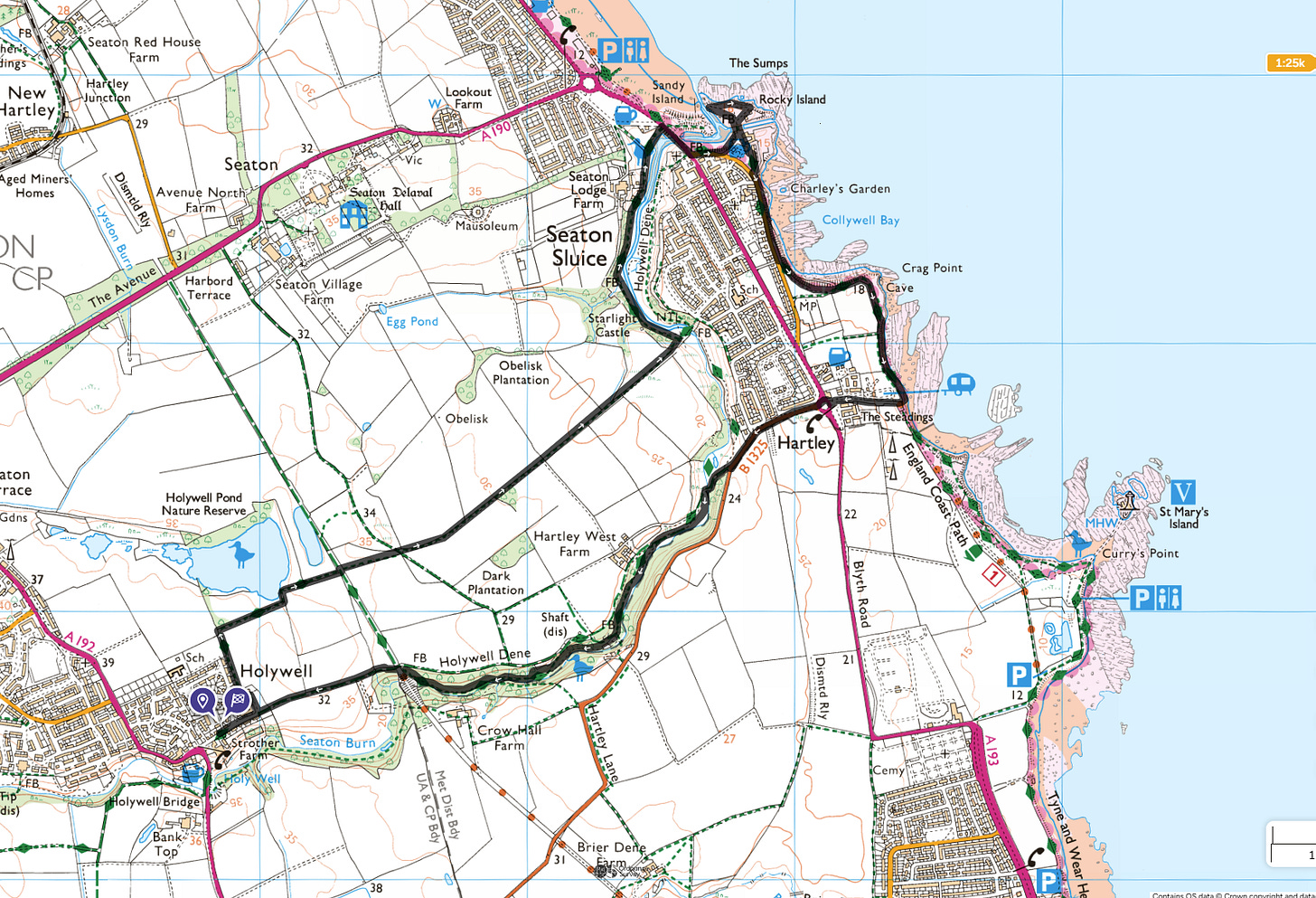
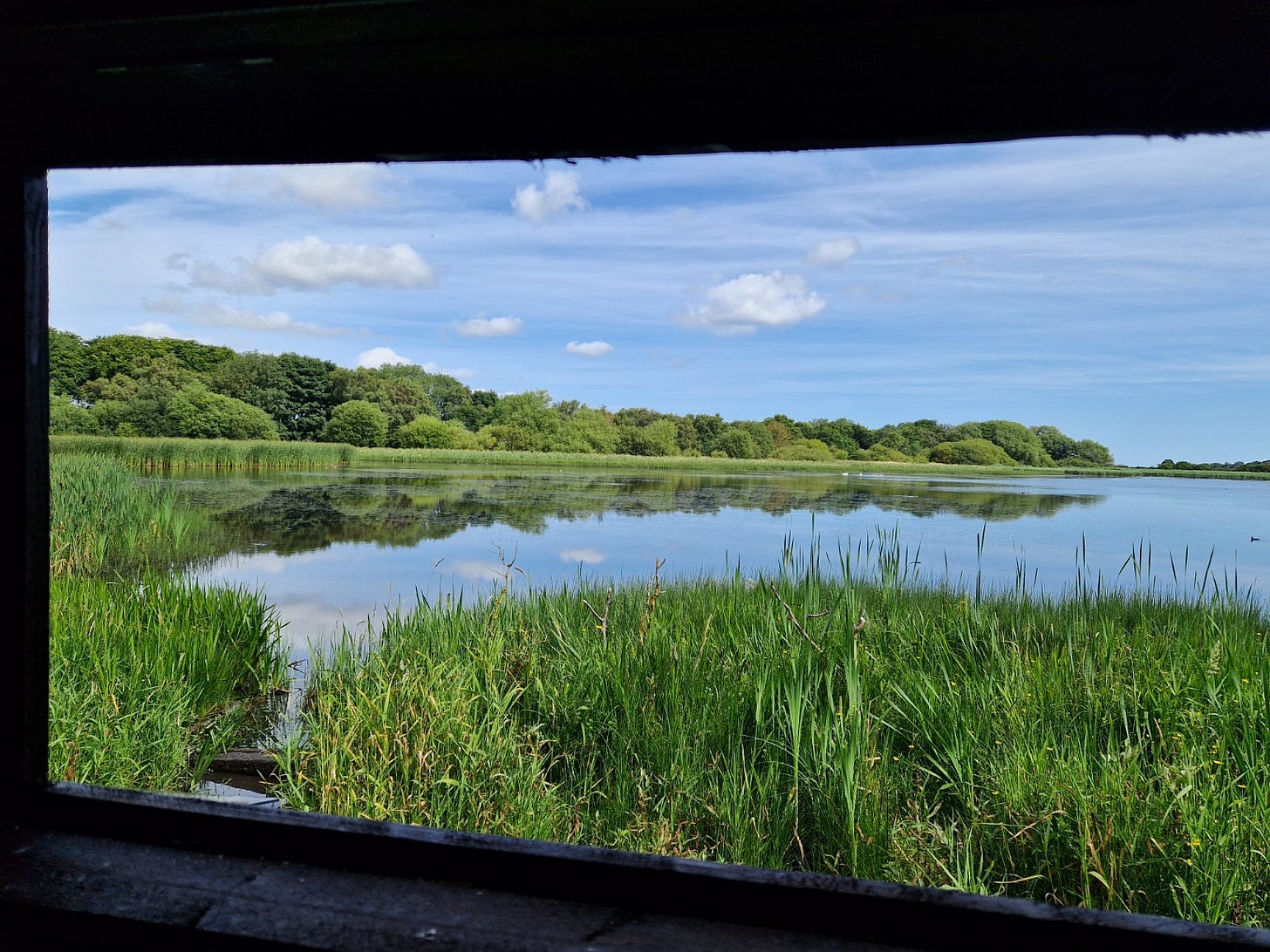
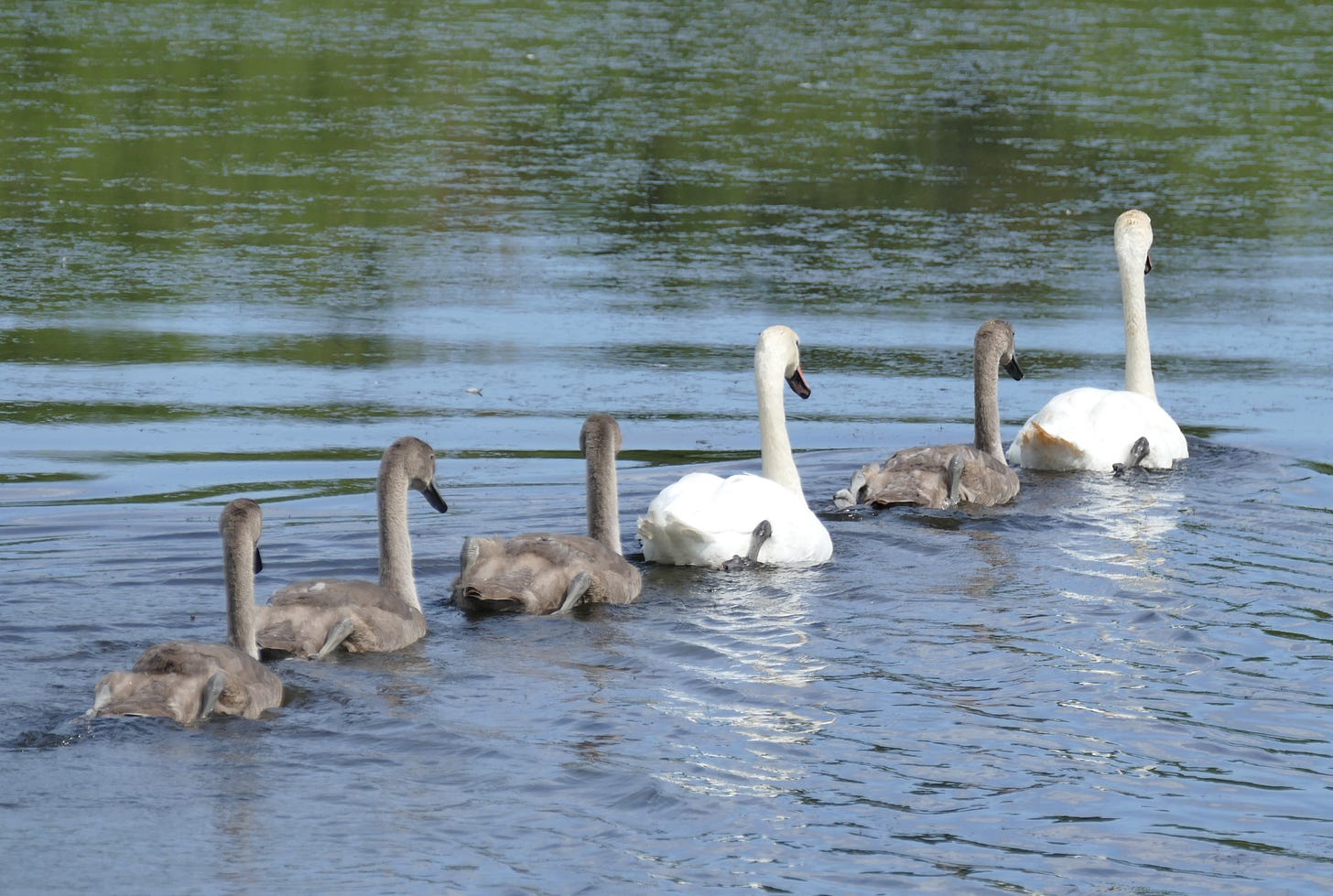
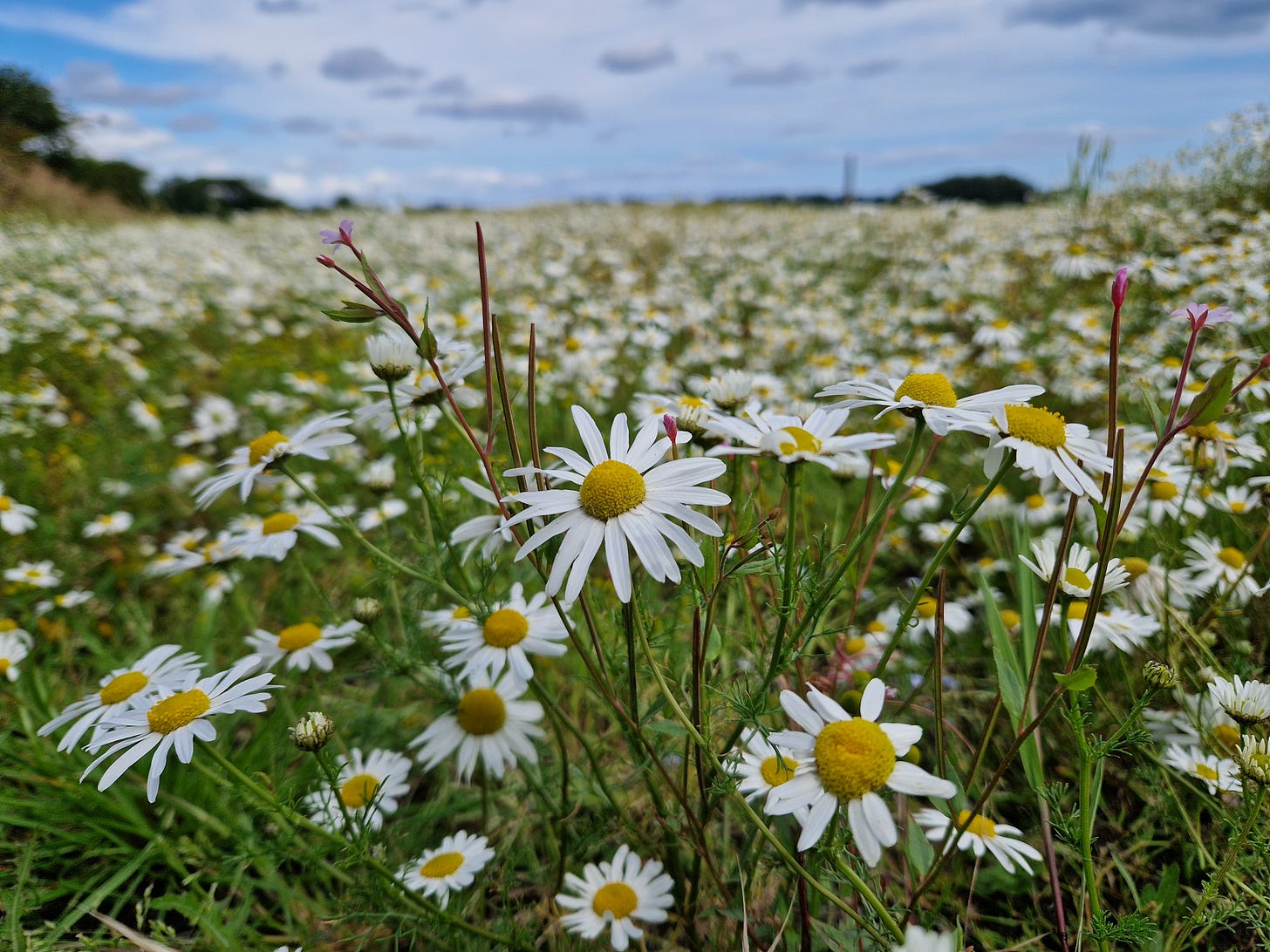
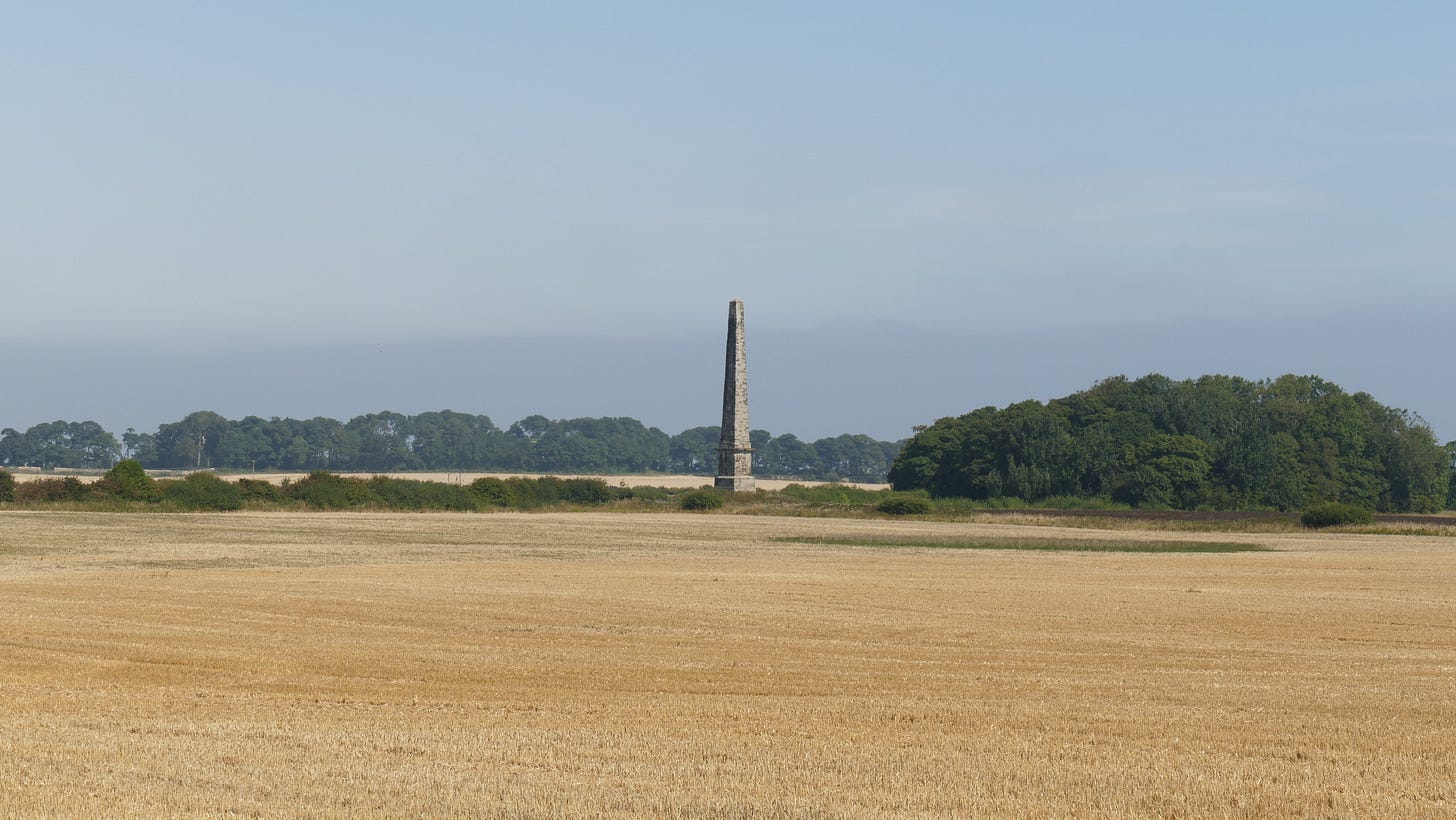
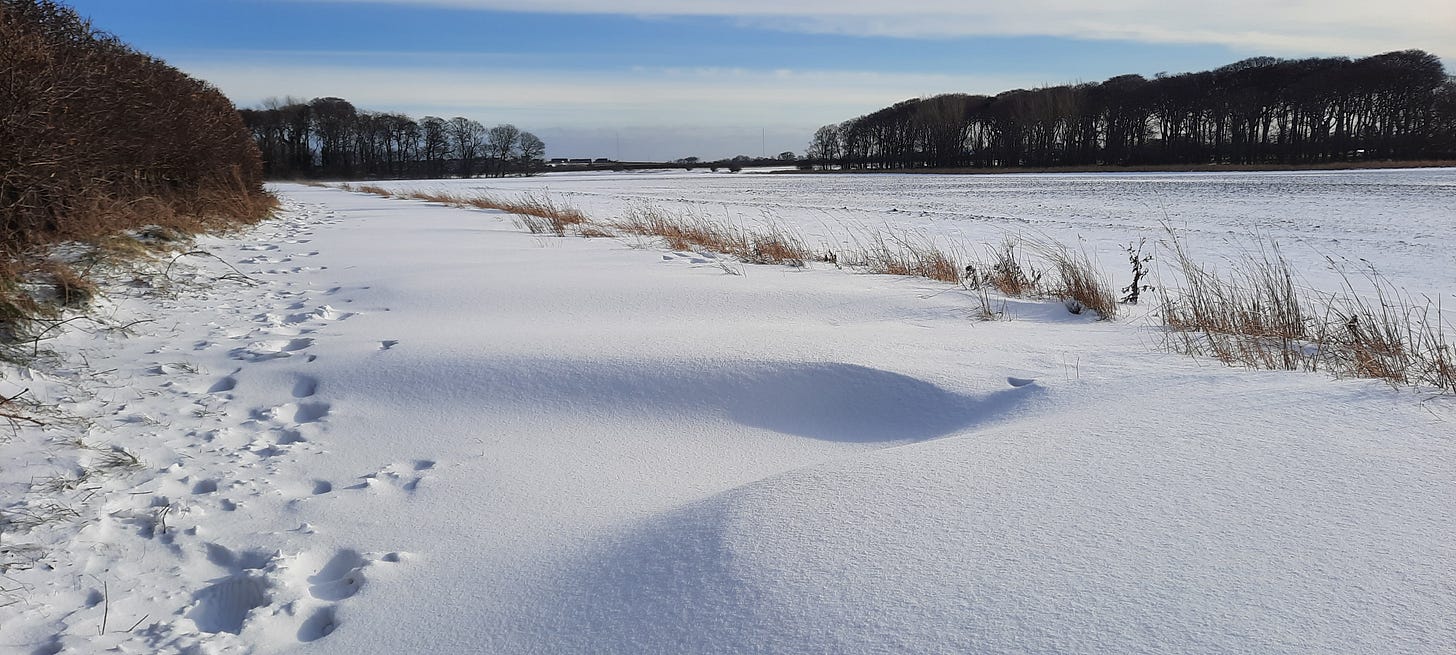
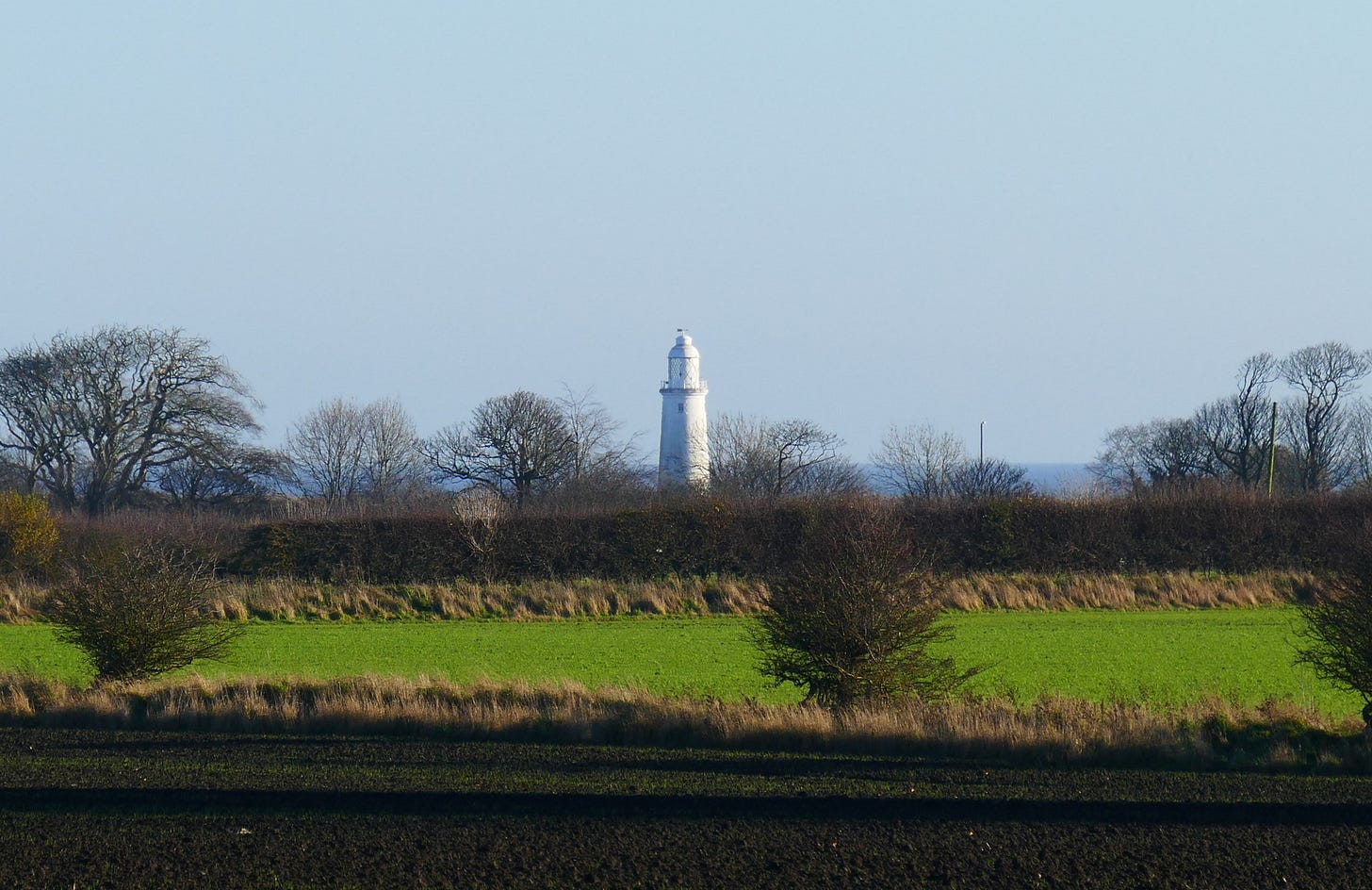
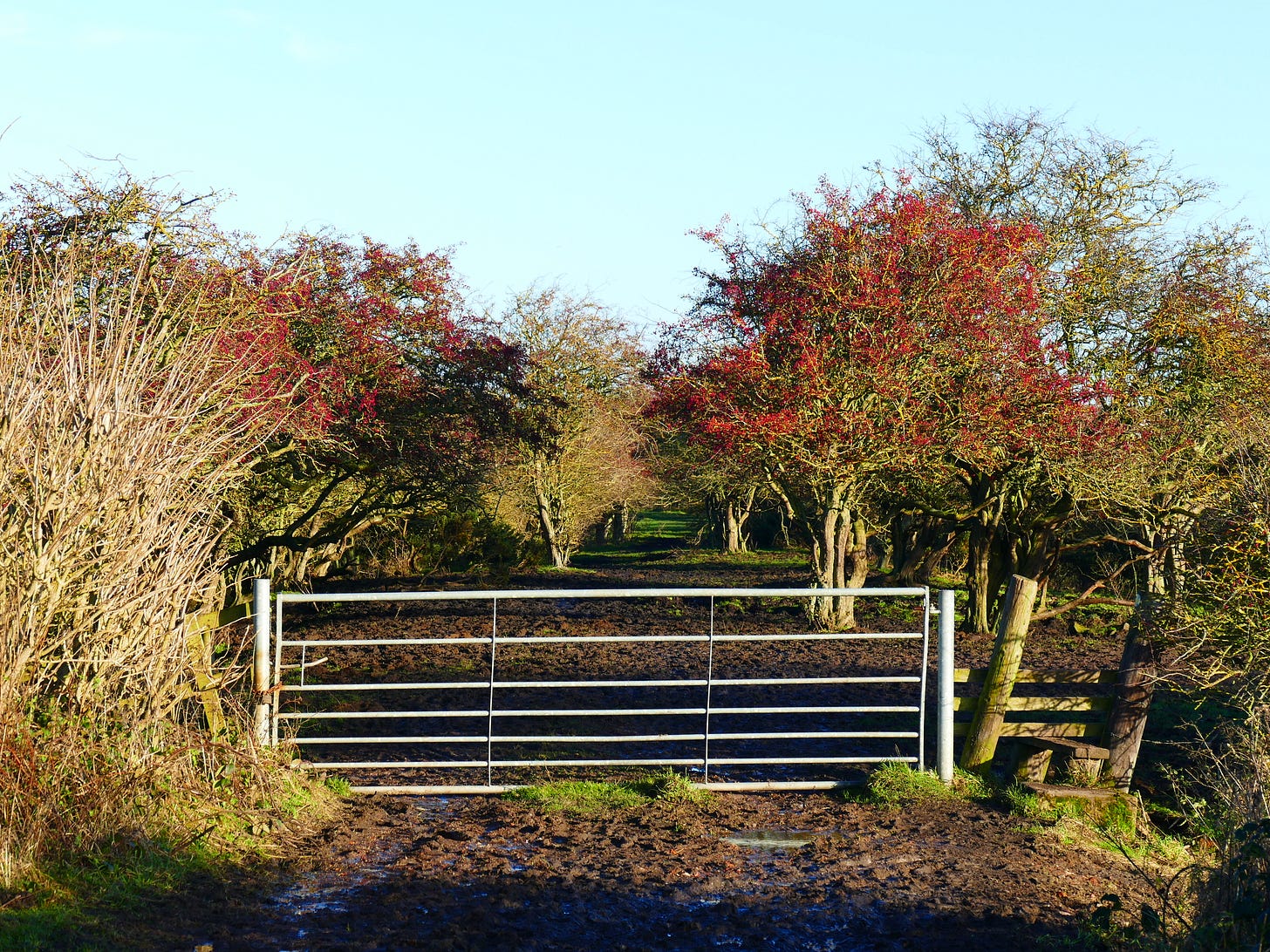



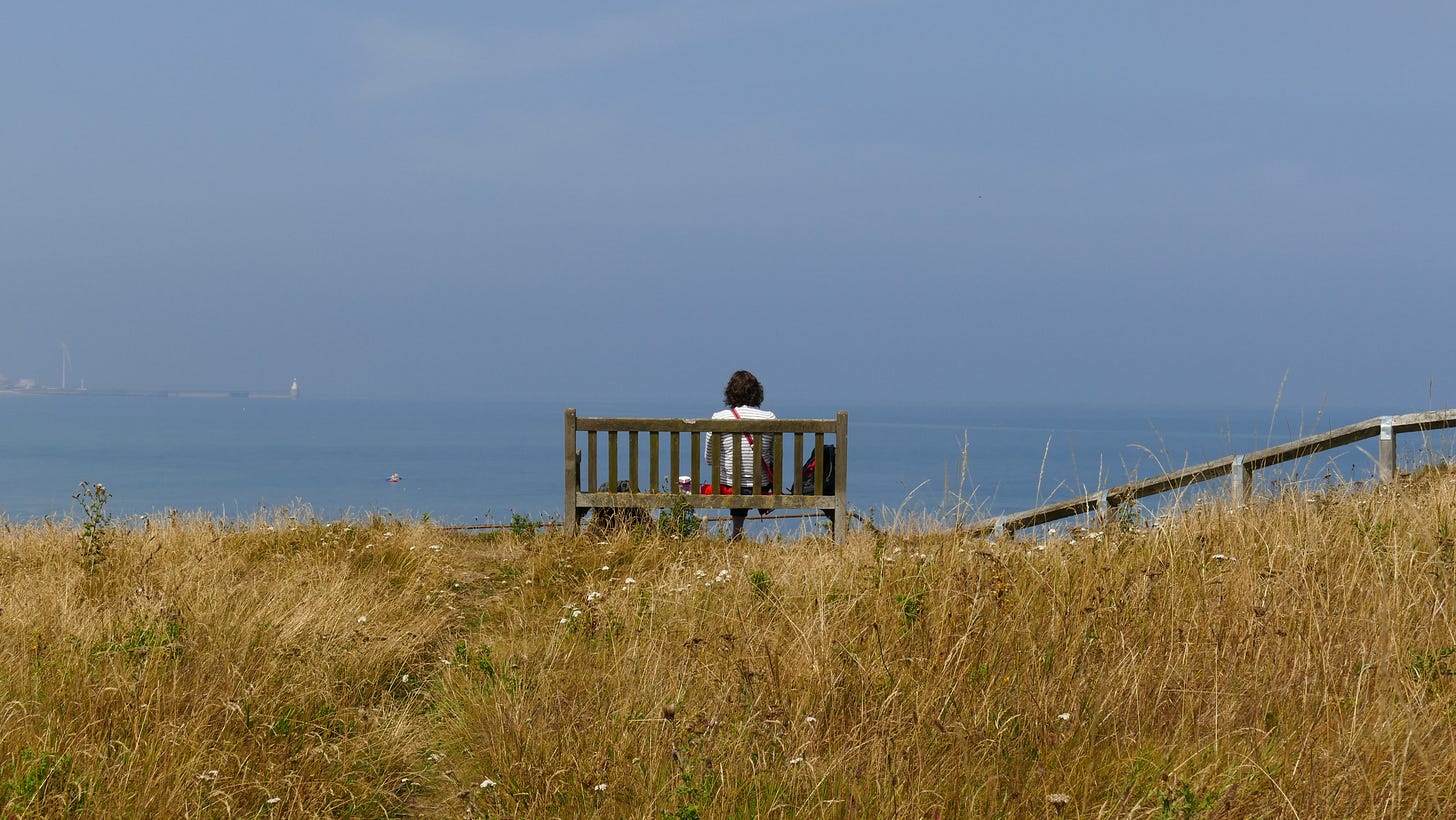
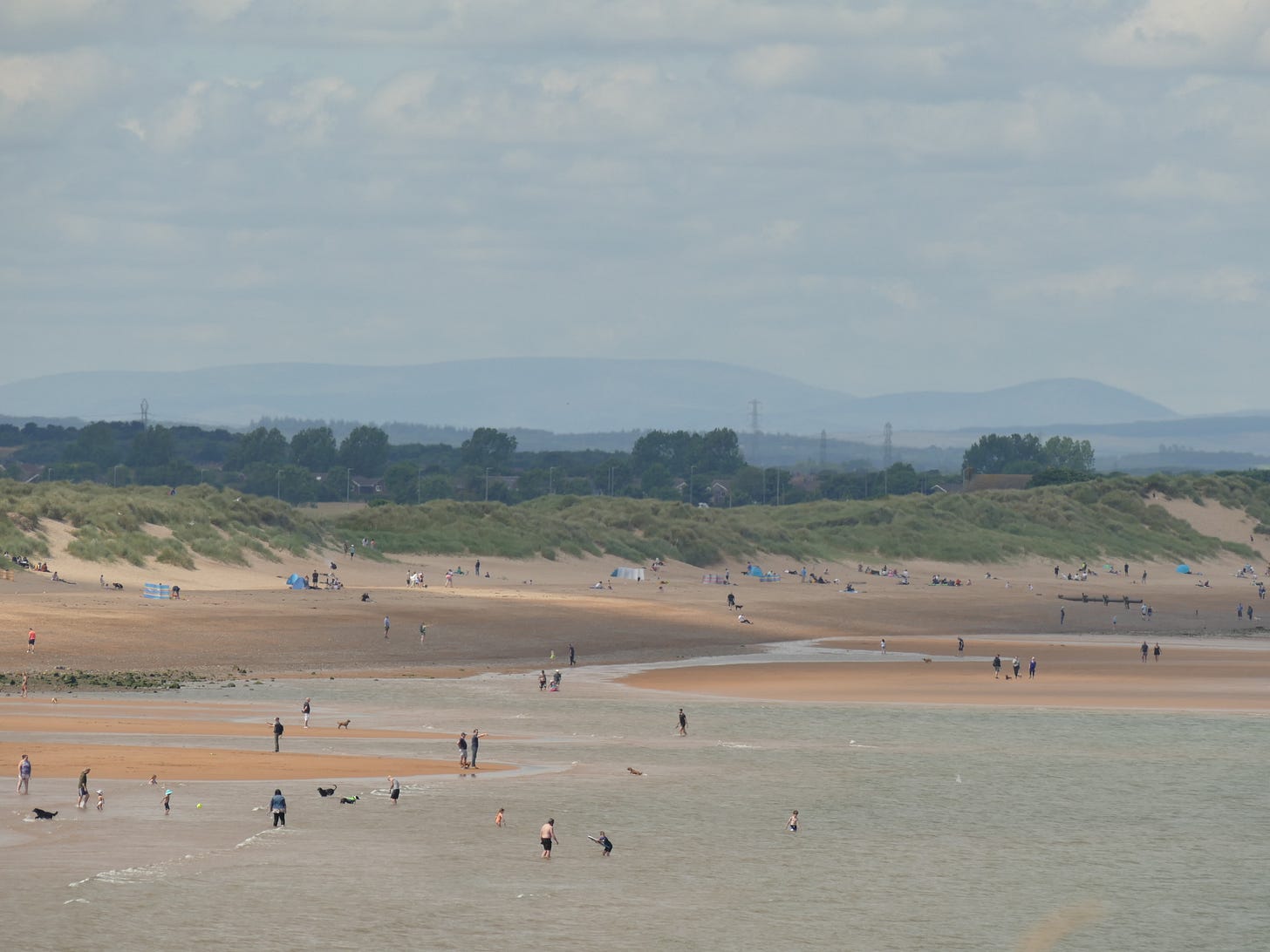


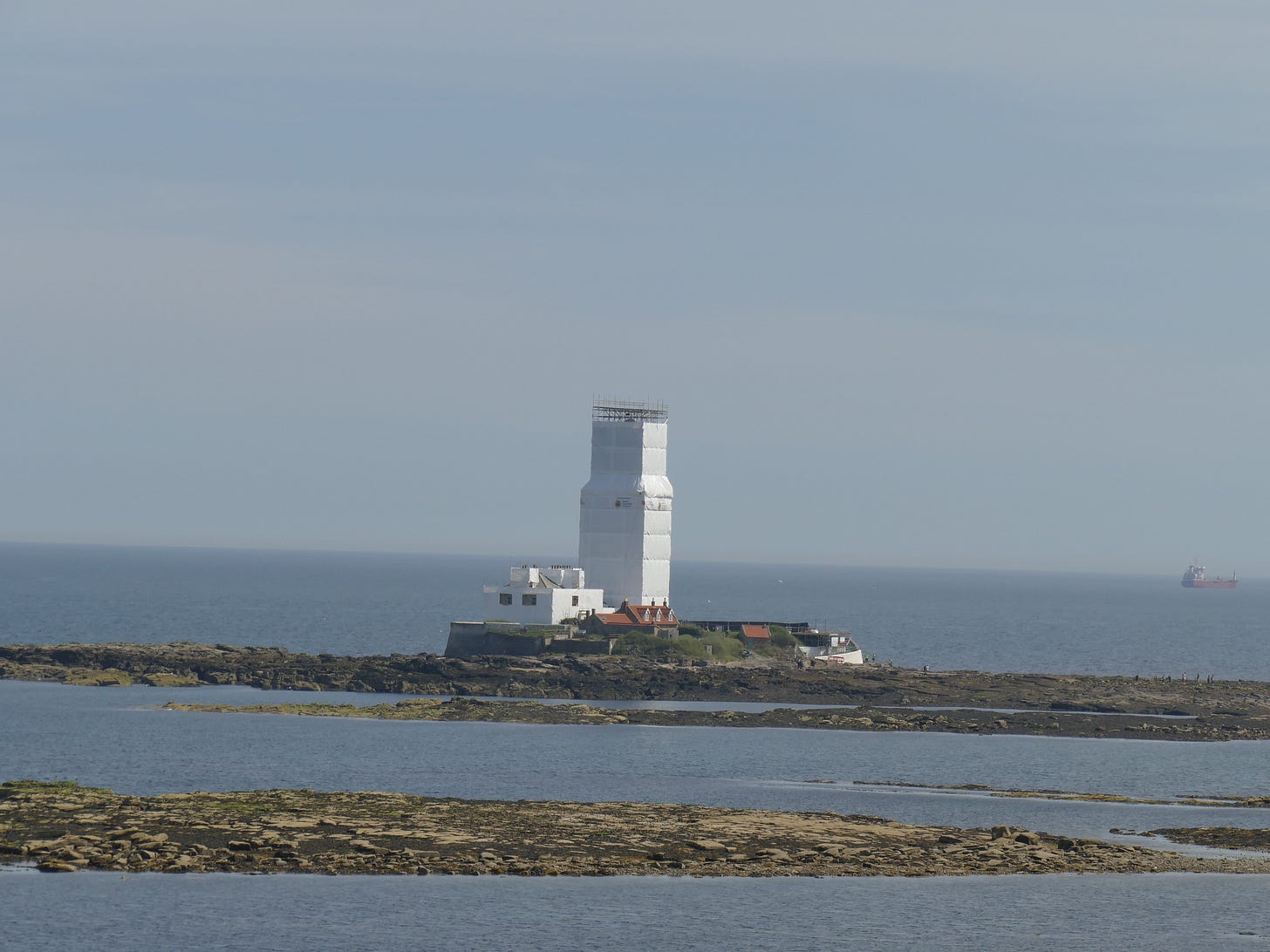

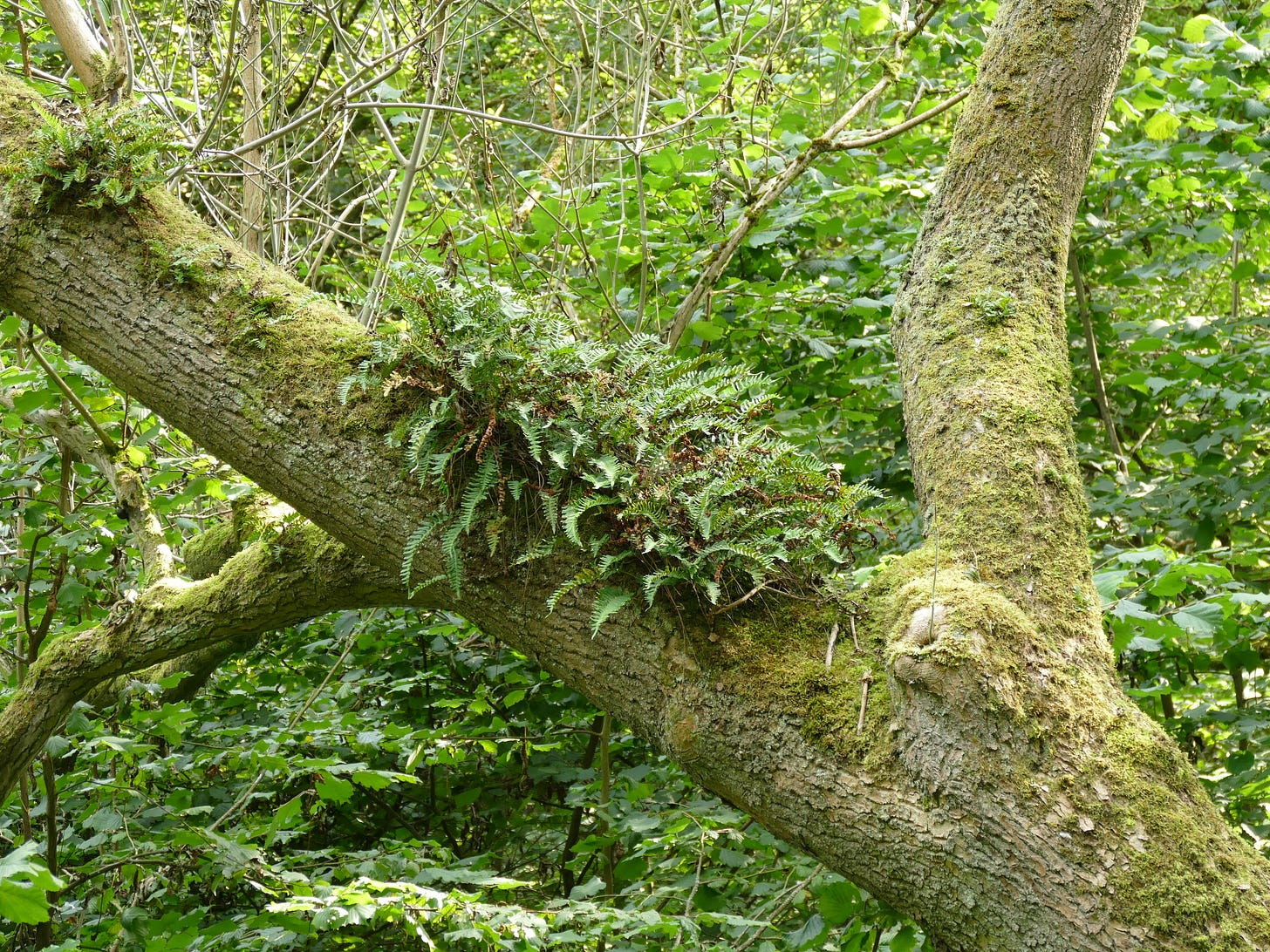

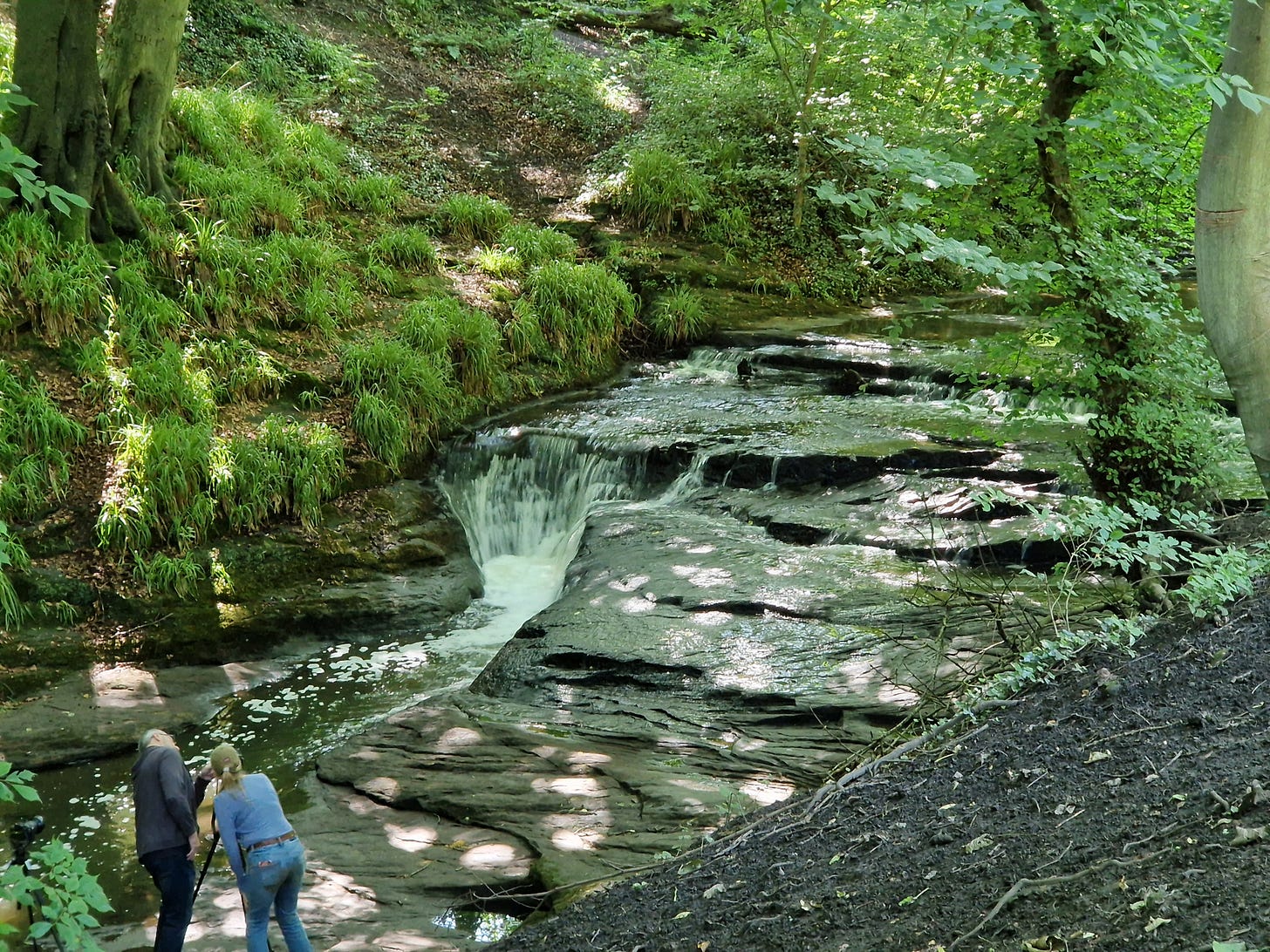
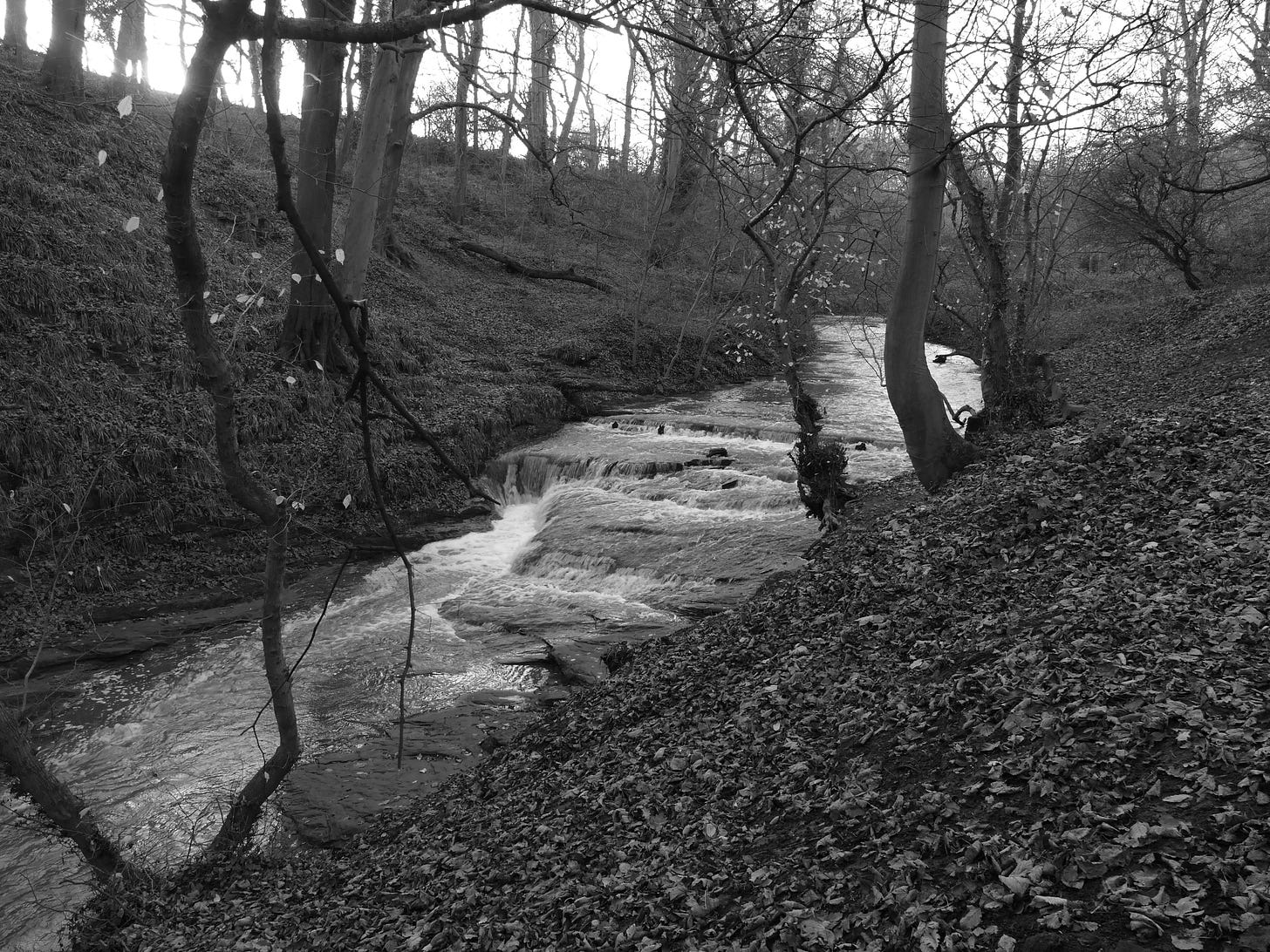
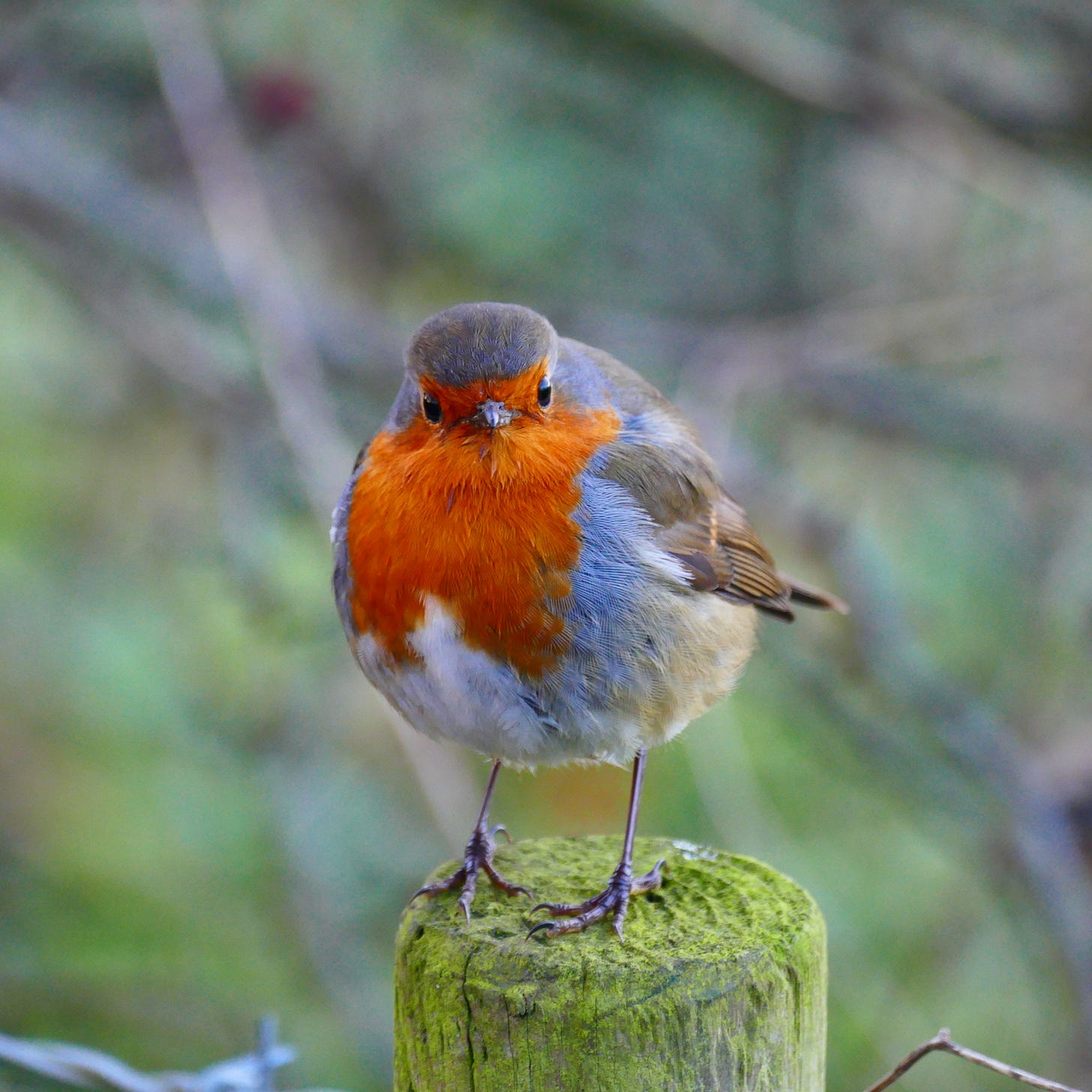

Nice to see the names of the Farms on the OS Map. I've been walking/running past them for years and never knew their names. Seems a shame that farms don't have big signs up with their names on allowing people to navigate or give others directions in the same way we do with pubs. In January there is "North Tyneside 12k" Run which encompasses a lot of this route, at a certain point on the route runners have to choose between 'muddy' and 'very muddy'. I've always been intrigued by the ownership of "Holywell Dene", I get the impression it's not part of the Estate owned by the National Trust, but I could be wrong
A lovely description thanks - there’s so much to be said for seeing how a favourite walk changes through the seasons. Coincidentally I was reading about dolphin sightings from the Seaton Sluice area just a couple of days ago and thinking now there’s a place to visit!